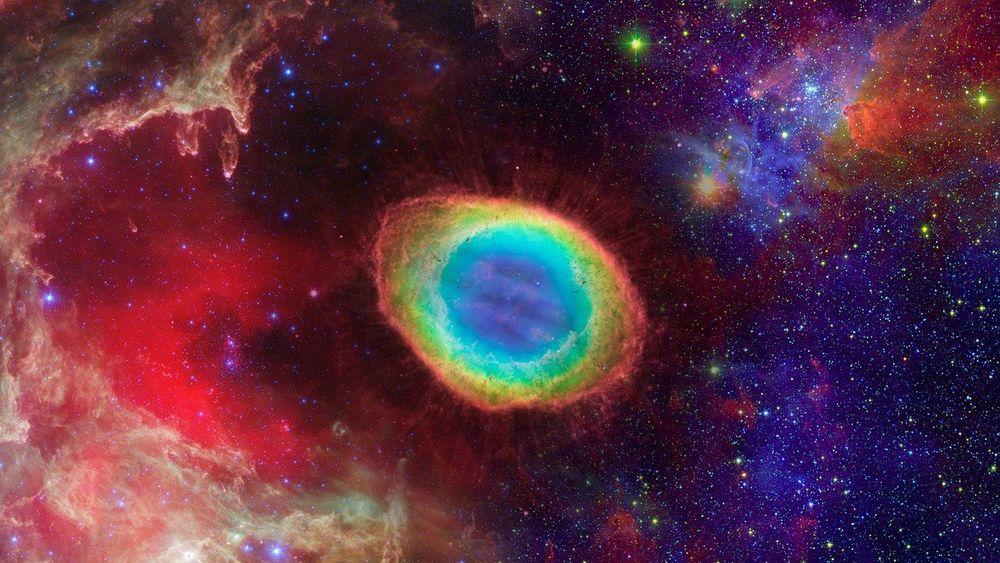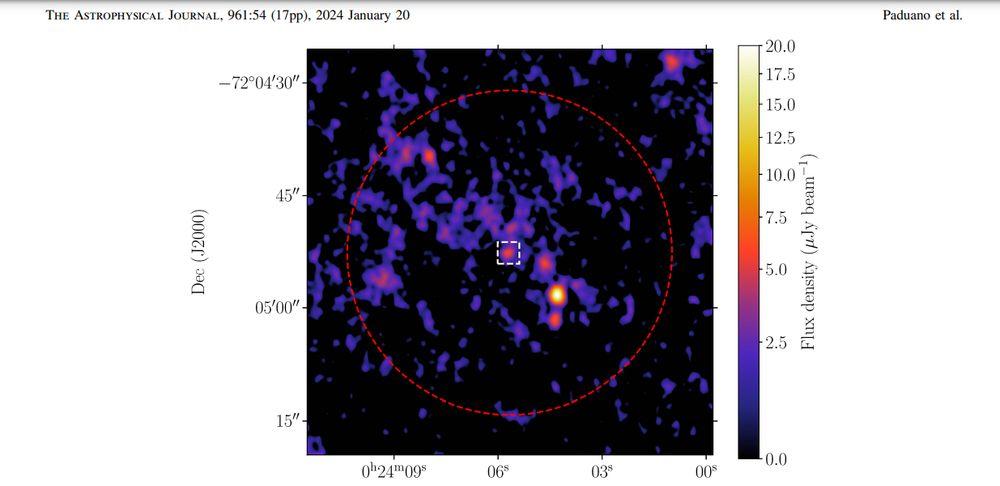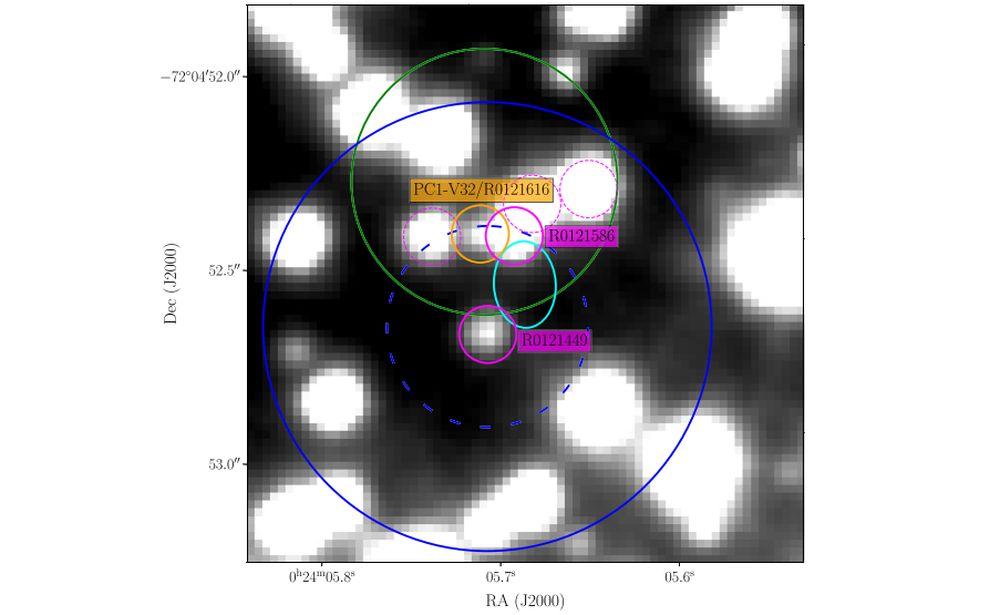The scientists who made this discovery define it as the first of its kind. It is a radio signal that comes from an unexpected place and has generated a lot of excitement among specialists. For their analysis they have invested 450 hours in which they have observed tirelessly.
There are few things that most astronomers agree on, but one of them is the obvious that, in the universe, there is still much to discover. This is why these types of findings are so important, since they open doors that have not yet been crossed. In this case, it is a door that is located very far away, exactly 14,500 light years from the Sun.
A brilliant place like few others
This study that Has been published In recent days, The Astrophysical Journal has set our sights on the Milky Way, where a group of scientists has found something they did not expect to see. They have done this through the use of the Australia Telescope Compact Array, a telescope located in Australia, more specifically in New South Wales. From there, those in charge of the study were analyzing the globular cluster known as 47 Tucanae, a space where more than a million stars can be found.

Analyzing 47 Tucanae is not a coincidence, given that it is the second brightest star cluster in the entire Milky Way. It is so famous that, under the right conditions, it is possible to see it looking at the sky at night without using any type of tool. Due to its great brightness, 47 Tucanae has always aroused a lot of interest among astronomers, although there is still a lack of advanced studies that would allow us to know absolutely everything it hides. The researcher in this case, for example, has discovered that mysterious radio signal that no one saw coming.
The meeting of the signal
As we told you before, 450 hours of observation have been invested. They are not exactly few. For the experts who have been in charge of the project, it was necessary to do conscientious work that would allow them to delve as deeply into the mystery as possible. With the intention of leaving their mark with their work, what they did was create the most detailed image of 47 Tucanae that has ever been created in history. And, in doing so, is how they found the signal in question.
The first conclusions suggest that it could have two different origins. One of them would be that it was a neutron star, more precisely a pulsar. It would, however, be the least interesting option of the two, since it would not represent a milestone for astronomical studies. The opposite would happen with the second option, which indicates that what is generating the signal is a medium-sized black hole. And that would represent a turning point.

Because? The reason is as simple as knowing that, today, no black hole of these dimensions has been detected. Scientists are aware of the existence of large black holes and small ones, but in the middle there is a void that is waiting to be filled. The theory points to their existence and the logic of their presence in the universe, although there is still a lack of proof to really confirm that they are there. Therefore, if they had captured that signal from a medium-sized black hole, it would be the first time it has happened and a demonstration of how previous theories and studies were correct with their deductions.
In order to detect this radio signal, those responsible for the research say that they have pushed the telescope technology they have used to the limit. They recognize that it has not been easy, but they see their achievement as something very important in view of the fact that, in Australia, the SKA radio telescope is currently being built, which will have enormous power. They say that what they have achieved with the 47 Tucanae image is on par with the base power that the next telescopes that will be used in Australia will provide. Therefore, once this technology is available, they will only have to maximize it to take it further and continue studying the signal.

This way they believe they will be able to obtain better materials and definitive confirmation of whether they have found a black hole of the dimensions they want or if, on the contrary, it is a pulsar. In any case, the investigation is open and astronomers have all their hopes pinned on it. Whatever they discover, it’s sure to inspire one or another space series.













